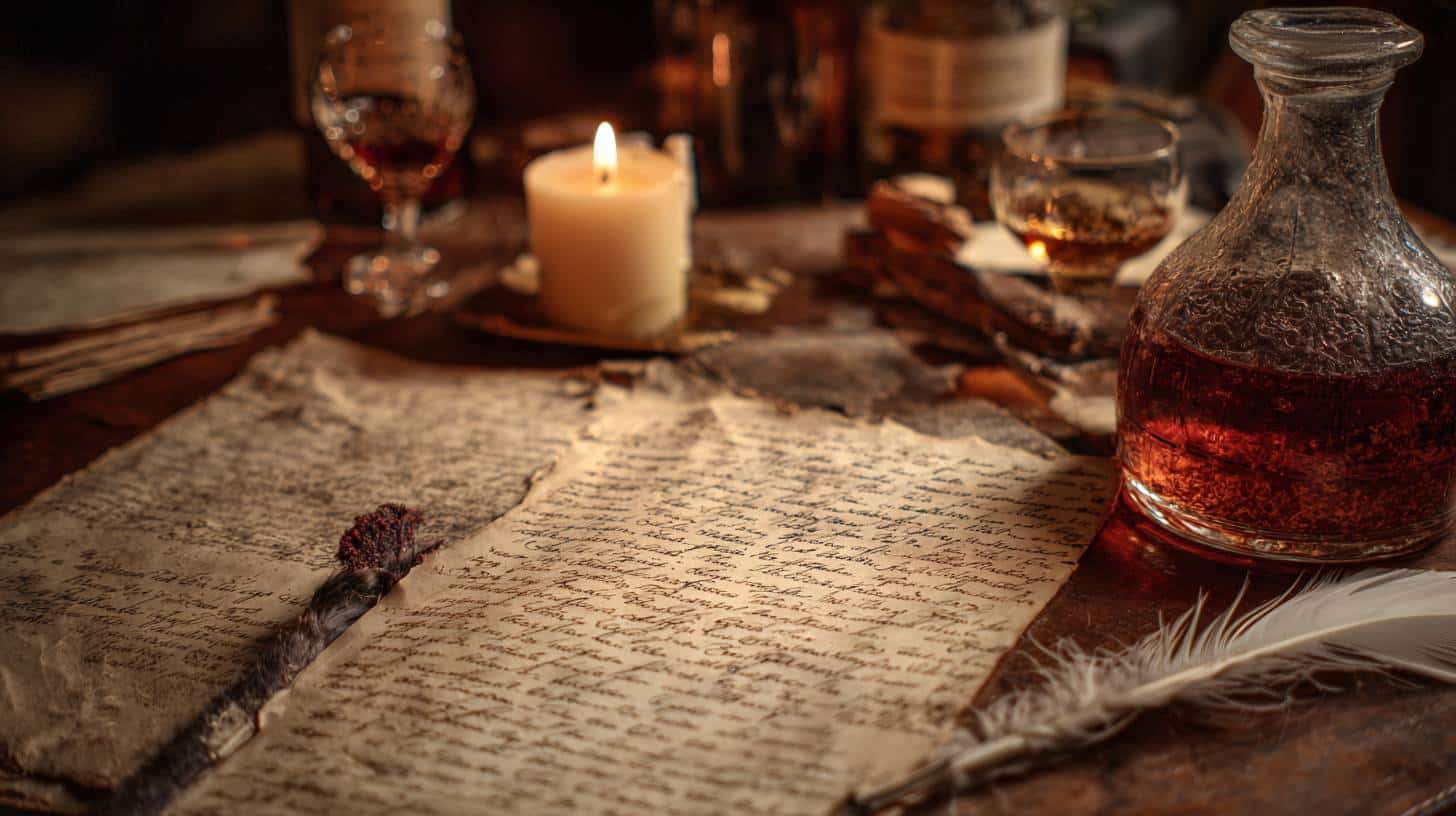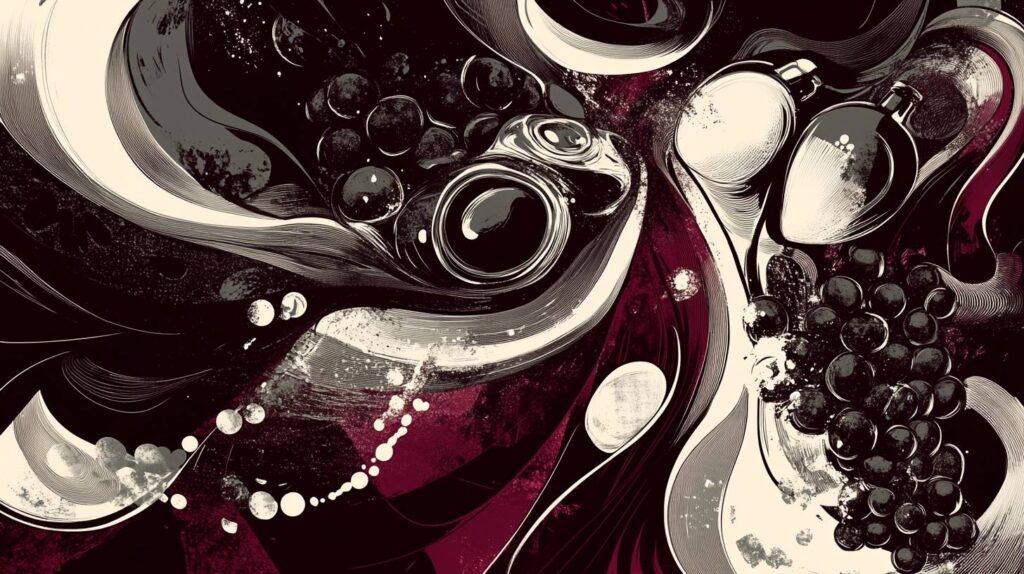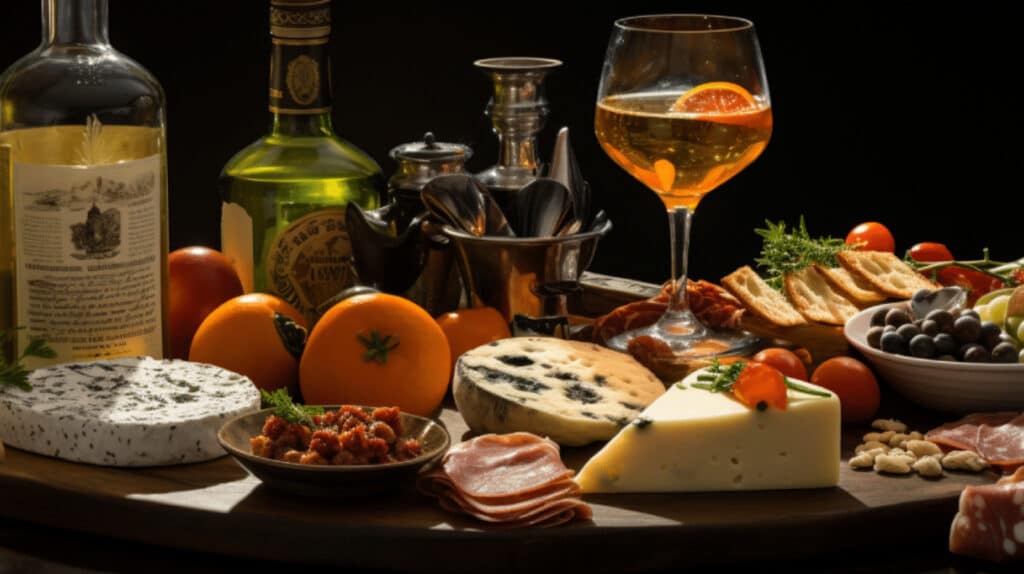In the rolling hills of Tuscany, where wine-making traditions span centuries, a fascinating chapter in vermouth history is being written.
The discovery and revival of a Tuscan vermouth 1737 recipe represents one of the earliest documented formulations of this beloved Italian aperitif, predating many of the famous Piemontese recipes that would later define the category.
Uncovering Italy’s Oldest Vermouth Formula
The story behind this Tuscan vermouth 1737 recipe reads like a treasure hunt through Italian agricultural history. This formula is believed to be “the first known recipe” of its kind, discovered in historical documents that reveal how Tuscan winemakers were experimenting with botanical infusions decades before vermouth became synonymous with Turin.
What makes this particular recipe extraordinary isn’t just its age – it’s the insight it provides into 18th-century Italian drinking culture. While we often think of vermouth as a Northern Italian invention, this Tuscan vermouth 1737 recipe suggests that the practice of fortifying wine with herbs and botanicals was more widespread than previously understood.
From Historical Document to Modern Bottle
The revival of this ancient formula isn’t merely an academic exercise. Ruffino, the renowned Tuscan wine producer, has transformed this historical curiosity into a contemporary vermouth that honors both tradition and modern palate preferences. The process begins with a Tuscan IGT white wine, characterized by an intense and complex fruity profile, which is then fortified with alcohol to reach 17% ABV.

The magic happens during the infusion process. Over 25 carefully selected ingredients are used in a slow and meticulous infusion process, following the ancient recipe that gives this vermouth its complexity. It’s like watching a master perfumer work – each botanical contributes its own note to create a symphony of flavors that would have been familiar to 18th-century Tuscan palates.
The Tuscan Vermouth 1737 Recipe: Terroir Meets Tradition
What sets this Tuscan vermouth 1737 recipe apart from its Piemontese cousins isn’t just geography – it’s philosophy. While Northern Italian vermouths often emphasize bitter and herbal notes, this Tuscan interpretation reflects the region’s warmer climate and different botanical landscape.
The color presents as chestnut skin with honey-colored nuances, while the aroma reveals a formidable composition of dark fruits, citrus, and touches of cut flowers. The taste profile is equally distinctive: “The sip is rich but elegant with tense and brilliant alcoholic notes, becoming bitter, shifting toward memories of rhubarb and pomegranate in the finish”.
Ancient Recipes, Modern Applications
The beauty of reviving this Tuscan vermouth 1737 recipe lies in its versatility. It’s perfect for both traditional Italian and international cocktails, but also stands beautifully on its own. Served neat with a single ice cube, it makes for a sophisticated aperitif that tells a story with every sip.
Think of it as drinking liquid history – each botanical note connects you to centuries of Italian craftsmanship and the ingenuity of those early Tuscan vintners who first thought to enhance their wines with the herbs growing in their own countryside.
The Broader Renaissance of Historical Vermouths
This Tuscan vermouth 1737 recipe revival reflects a broader trend in the spirits world toward historical authenticity and regional expression. As consumers become more interested in provenance and craftsmanship, producers are diving deeper into their archives to uncover forgotten formulas that showcase their heritage.
The success of such revivals isn’t just about nostalgia – it’s about expanding our understanding of what vermouth can be. When we taste a recipe from 1737, we’re not just experiencing flavors; we’re connecting with the agricultural wisdom and cultural practices that shaped Italian drinking traditions long before industrialization standardized production.

Tasting Notes: A Journey Through Time
For those fortunate enough to experience this historical recreation, the Tuscan vermouth 1737 recipe offers a unique tasting journey. The initial fruit-forward notes give way to complex herbal layers, with the finish revealing the sophisticated balance that made this formula worth preserving for nearly three centuries.
The bouquet rich with blackberry, cherry, and citrus notes, while the palate is soft and pleasant with a slightly bitter finish, demonstrates how this ancient recipe achieves the perfect balance between sweetness and complexity that defines great vermouth.
Preserving Italy’s Liquid Heritage
The revival of the Tuscan vermouth 1737 recipe represents more than just another product launch – it’s an act of cultural preservation. In an era where many traditional recipes are being lost to modernization, initiatives like this ensure that Italy’s rich botanical heritage continues to find expression in contemporary bottles.
For vermouth enthusiasts, this historical recreation offers a rare opportunity to taste what Italian aperitifs might have been like before the category was defined by mass production. It’s a reminder that the roots of Italian drinking culture run deep, and that sometimes the most innovative thing you can do is look backward to move forward.
The Tuscan vermouth 1737 recipe stands as testament to the enduring appeal of well-crafted botanical wines and the timeless Italian understanding that the best drinks are those that capture the essence of their place and time – then and now.







